
Anda bisa Bahasa Indonesia? Baca artikel terjemahannya di sini!
When visiting an ASUS store the other day, I came across one of their ARM-powered laptops from the ZenBook lineup, the ZenBook A14. I tried it out, and almost immediately, an intrusive thought occurred to me. I fell in love, especially due to how light it was, and I also want to see how far Windows has progressed with ARM. Last time, with Windows RT, it wasn’t so good, but with Qualcomm’s hefty push for their Snapdragon X lineup, things seem to be improving, despite it’s still being expensive.
But, as you can guess from the title, this love affair doesn’t last long. Spoiler alert, though, it’s not because of the laptop, it’s because of me. Read on as I muse of this short, bittersweet love affair.
Also, I initially wasn’t planning to write a full review, so I didn’t take that many images, so let me apologize in advance for the lack of photos.
ZenBook A14: Design and Packaging
The laptop came in a cardboard box containing 3 sections: sleeve, power brick, and the laptop itself. The included power brick is a 65W USB-C unit, with the cable permanently attached to the power supply, unlike the ones you get in your smartphone. As for the sleeve, I got the light gray one. It’s made of faux-leather material which feels good to the touch, and may allow you to easily wipe off stains if you respond quickly.
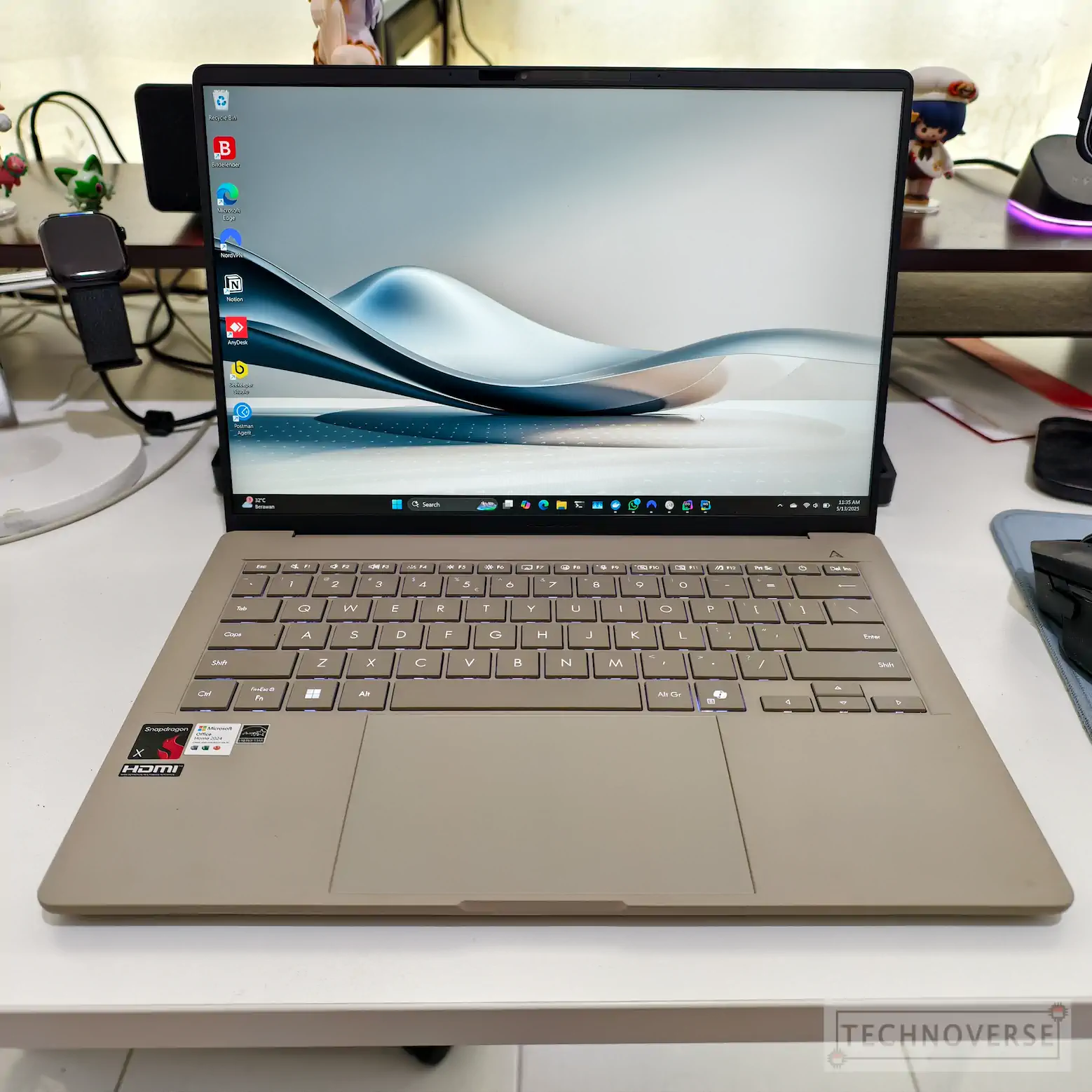
Now, as for the laptop itself, the box emphasizes that it’s thin and light, and it delivers. The ZenBook A14 I purchased was the base model, and it weighs 899g. Despite it being a bit thick, you can easily hold it with 1 hand. I got the Zabriskie Beige color, which is a bit brownish, and the laptop feels unique to the touch, thanks to the new material called Ceraluminum.
According to ASUS, Ceraluminum is a composite material which is light, as well as stain and scratch-resistant. The first part is evident the moment you pick up the laptop. The second part, well, I got a bit of an accident when opening a drink from Starbucks. A bit of coffee was spilled on the laptop. Fortunately, with a few wipes from a dry tissue, the stain is gone, fully gone. The third one, well, I didn’t have it in my heart to try it. Anyway, this new material seems promising, and the ZenBook A14 is entirely wrapped in it, save for the bezel and keyboard.
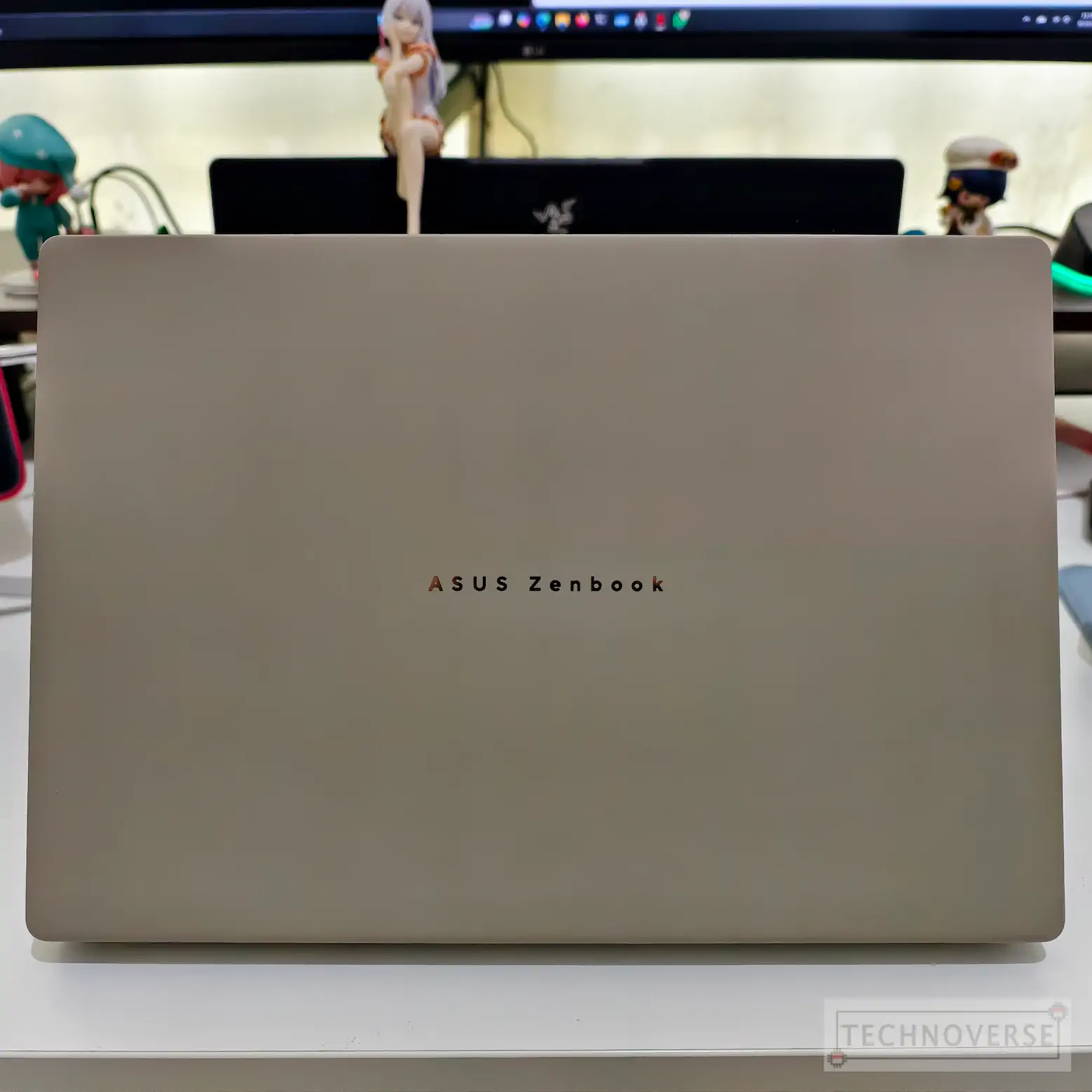
All-in-all, the ZenBook A14 is a laptop with a unique material, thanks to Ceraluminum. I hope ASUS can expand this material to more of its lineup, making lighter laptops more accessible.
ZenBook A14: User Experience
As I mentioned before, the model I purchased was the base one, with the following specs:
- Vanilla Snapdragon X
- 16GB of non-upgradable RAM
- 512GB of upgradable NVMe Storage
- IPS-level 16:10 WUXGA (1920×1200) 60Hz Matte Display
This laptop also has an IR Camera, which allows for Windows Hello Face Recognition, something that Apple hasn’t matched yet. Also, thanks to the same camera setup, the ZenBook A14 also supports presence detection (it turns off the display when you walk away and wakes up when you’re approaching), which is quite convenient.
As for the keyboard, it’s backlit, and has a travel distance of 1.3mm, which allows for comfortable typing. The keys are also pretty quiet, and have a standard keyboard layout, eliminating the need for you to familiarize yourself again.
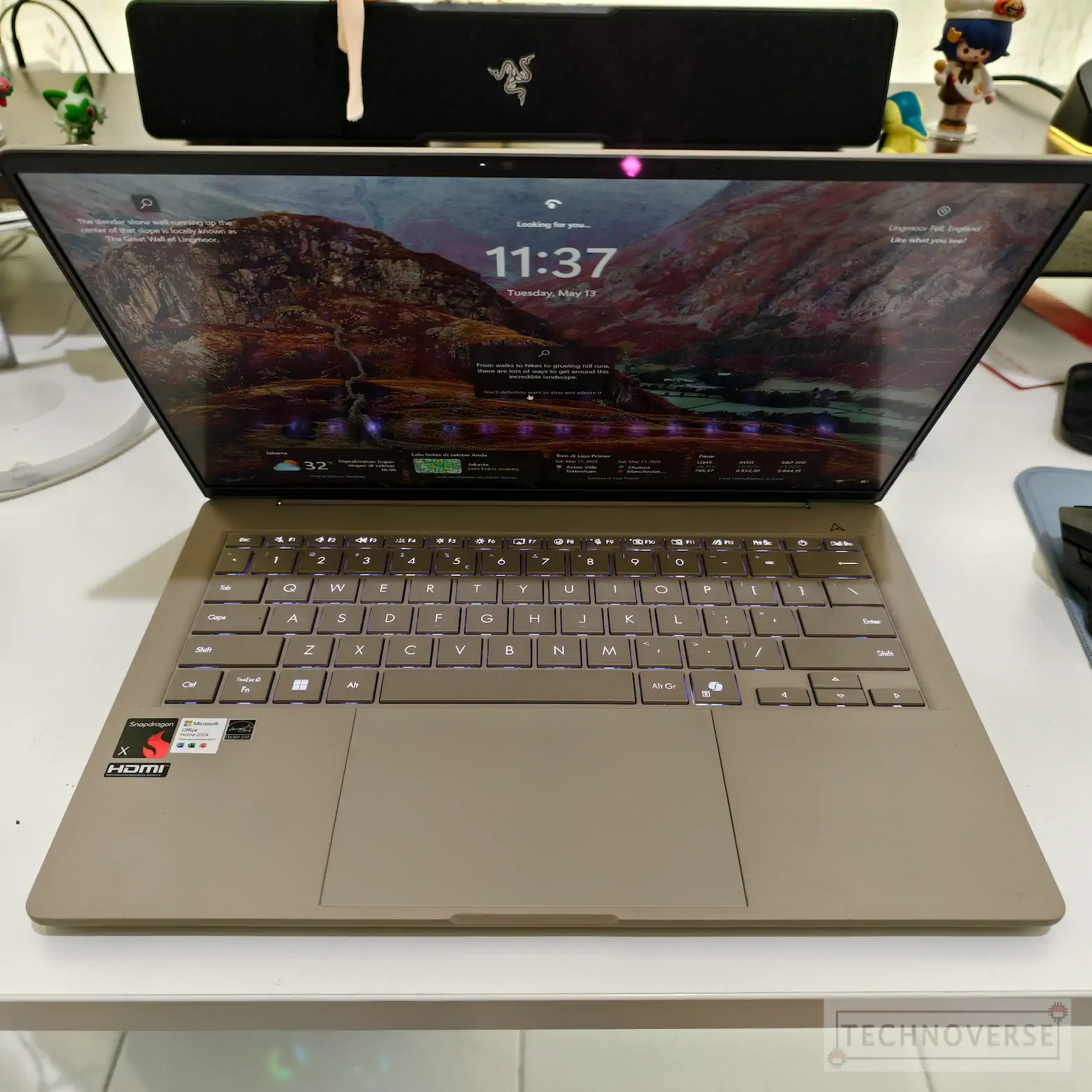
Finally, the trackpad. It’s still a traditional click trackpad, albeit with a larger size. I have to say that I’ve been spoiled too much by Apple’s haptic trackpad that I feel this trackpad feels cheap. Fortunately, the surface feels smooth and comfortable for all your multitouch gestures. Also, ASUS adds additional “edge” gestures, which allow you to quickly change volume and brightness just by gliding your fingers.
Now, let’s talk about performance. Sorry to say, I wasn’t able to run any synthetic benchmarks, but one key takeaway is that I didn’t bump into any compatibility issues. During the short period, I’ve been running Jetbrains IDEs, browsers, and WSL. Everything went smoothly and I didn’t notice any performance hit even though some of the used apps didn’t have any ARM build. If you’re wondering whether your apps have an ARM build or not, you can search them in https://www.worksonwoa.com/en/applications. For now, though, I must say that Windows’ Prism x86 / x64 emulator does its job well. And though this sounds obvious, please opt to use ARM builds whenever they are available for maximum performance and efficiency.
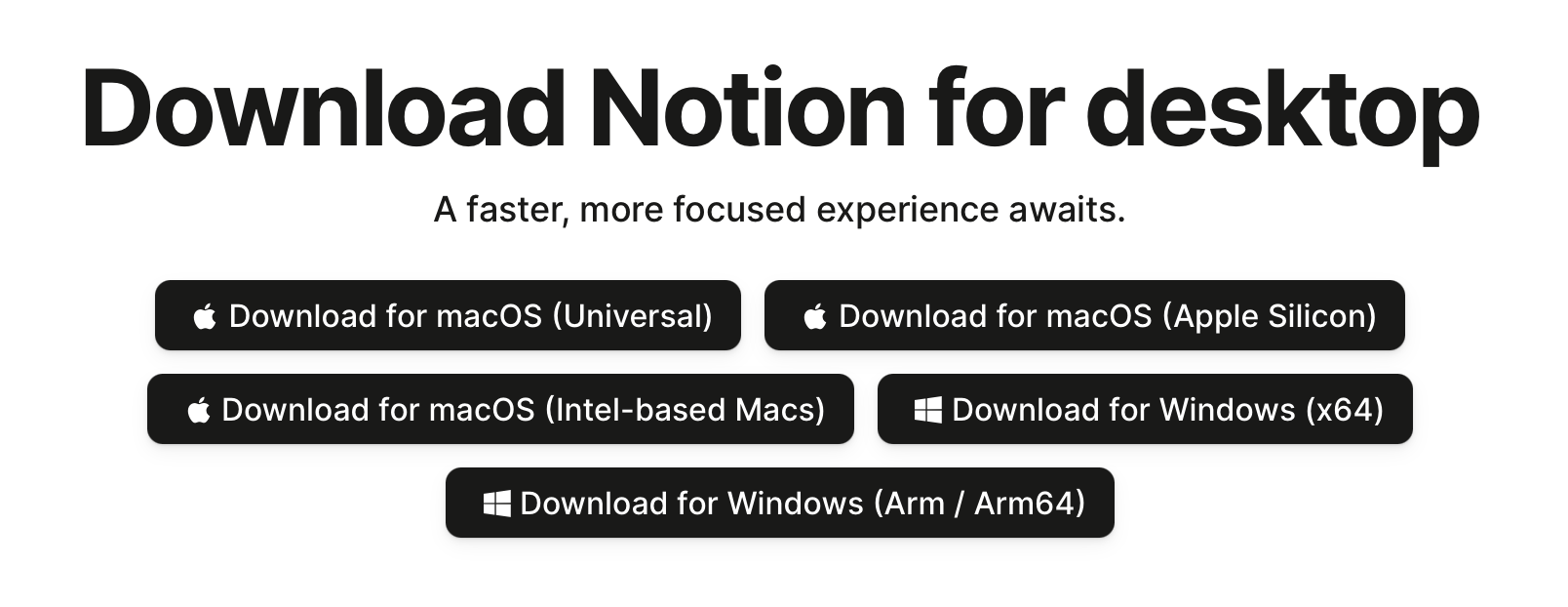
Oh, and one more tip. If you’re working with external hardware, such as printers or scanners, I’ll advise you to check its compatibility with ARM first, because there are some posts on the Internet claiming that the emulators don’t work on some low-level codes, such as drivers. Also, better safe than sorry, right? I’m pretty sure you don’t want to shell out money for PCs that don’t play nice with your other devices.
While 16GB of RAM is sufficient for most people (my mother-in-law’s Intel 8th gen laptop has it, and there’s still plenty of free memory left during usage), it’s not enough for me. I’m currently using WSL2 along with JetBrains IDEs for my workflow, and sometimes, Docker. This, of course, hasn’t included a web browser yet. With everything combined (minus Docker), my memory usage easily hits 90% or even more. Again, it’s mostly my mistake for getting the base model, but one piece of advice from me: If you have a feeling that the specs aren’t enough for you, you’re probably right. It’s better to spend more on an overkill system rather than being constrained by your current one, especially when buying non-upgradable stuff like a laptop.
ZenBook A14: Why It Has To End
I’ve been loving the ZenBook A14, until I realized that I’ve been relying too much on macOS for my workflow, even for personal ones. I enjoyed the Apple ecosystem too much that it’s kind of limiting to move everything to Windows. Some examples:
- My budgeting app is only available on Mac. I’m currently developing my own web-based solution, but it’s still a long way to go.
- Sometimes my wife messages me on iMessage, something which is unavailable on Windows. I could use my iPhone, but that would mean breaking my focus. Also, my AirPods!
- macOS’ UNIX-like terminal allows me to install any libraries and packages I’m familiar with for my side projects. Again, I could replicate this using WSL, but WSL eats a lot of memory, which goes back to the previous point.
I do miss some of these qualities on the ZenBook A14, though:
- It’s light, even lighter than a MacBook Air without feeling fragile. Bringing it for travel is a joy.
- The Ceraluminum material feels unique, and truly stain-resistant.
- Windows Hello IR Login is much more convenient than fingerprint. I wish Apple could integrate FaceID into MacBooks soon.
After consulting with my wife, I decided to sell off the ZenBook A14, and get a used MacBook Air instead. So again, it’s not the laptop’s fault, but rather it’s not suited for my workflow.
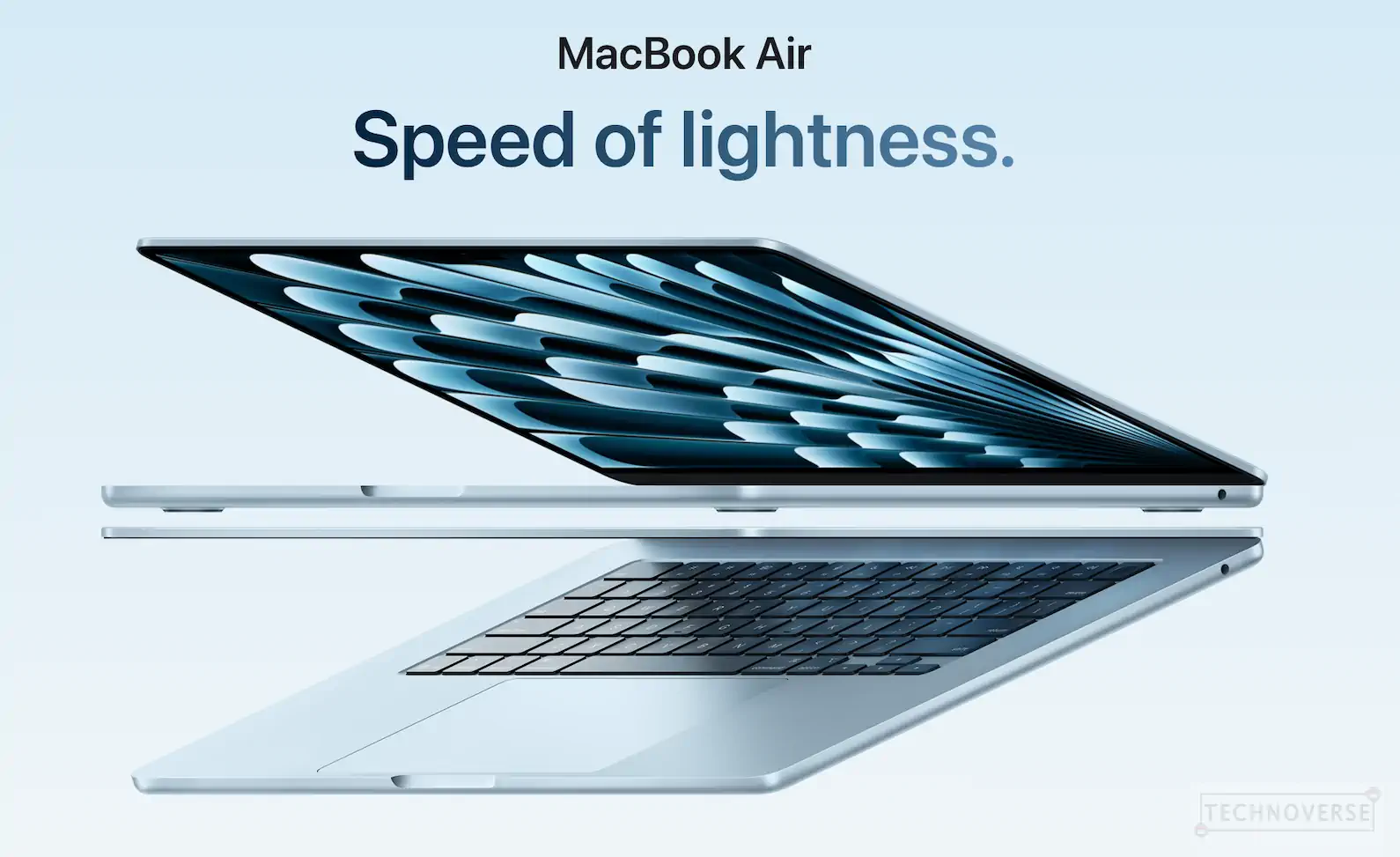
So, there you have it, Folks, a quick, first-impression review for ZenBook A14. Although the laptop is no longer in my possession, if you have questions, feel free to ask them below. I’ll do my best to remember and answer them. Finally, as usual, thanks for reading, and see you in the next article!😁



